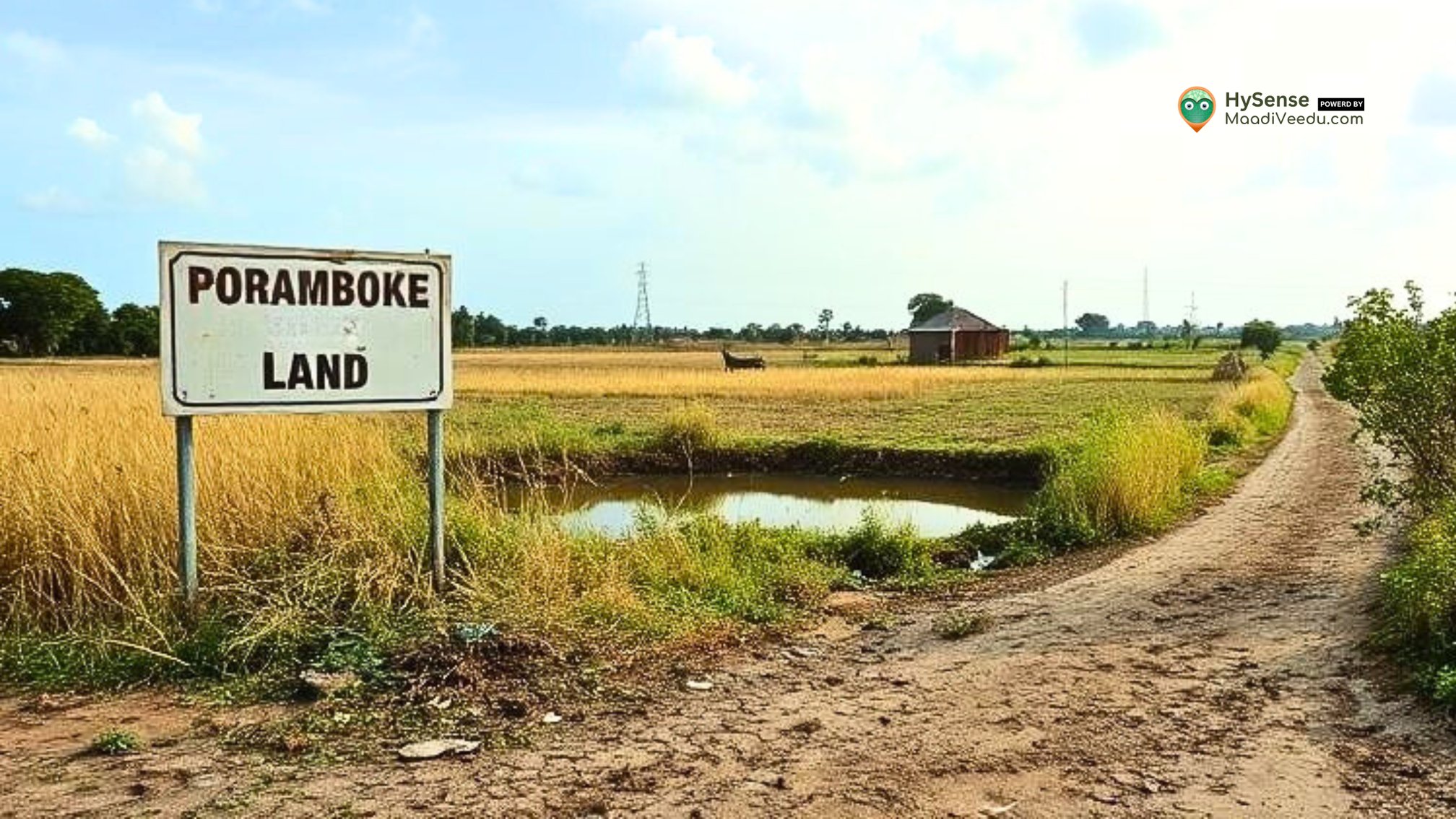Haryana Government Permits Stilt-Plus-Four Floors: 5 Key Benefits
Explore Haryana's stilt-plus-four construction policy! Maximize space, improve flood safety, boost property value, and embrace modern urban development trends.
Table of Contents
Introduction
In a progressive move to address the growing challenges of urbanization, the Haryana Government has introduced the Stilt-Plus-Four Floors Permission Haryana policy. This initiative allows buildings to have a stilt floor (commonly used for parking or open spaces) along with four upper floors. The move is part of Haryana's efforts to modernize urban infrastructure while ensuring efficient use of limited land resources. This blog simplifies the concept, highlights its many advantages, and explains how it supports the state’s long-term urban development goals. know more
What is Stilt-Plus-Four Construction?
Understanding the Concept
Stilt-plus-four construction is a modern architectural approach where the ground floor of a building, referred to as the "stilt," is raised or left open. This space is typically used for parking, recreational areas, or utility installations. Above the stilt floor, four additional levels can be built, providing more residential or commercial space.
This design is becoming increasingly popular as it tackles common urban issues like lack of parking, space constraints, and flood risks. It also ensures that buildings are better ventilated and allow more natural light.
Why is this Policy Important?
The Stilt-Plus-Four Policy Haryana is a response to the growing demand for housing and commercial spaces in cities and towns. With limited land available, the state needed a solution that could increase capacity without causing overcrowding. By permitting an additional floor, this policy helps optimize land use and provides better living and working conditions.
Key Benefits of Stilt-Plus-Four Construction
Better Utilization of Limited Urban Space
One of the biggest advantages of this policy is the efficient use of urban land. In cities where land is both scarce and expensive, this construction style offers a way to accommodate more people or businesses without needing additional plots.
This is especially beneficial in densely populated areas where traditional single or double-story buildings fail to meet the growing demands of the population. By allowing more floors, the policy helps cities grow vertically rather than horizontally, preserving open spaces and green belts.
Reduced Flood Damage
Flooding is a significant problem in many areas of Haryana, particularly during the monsoon season. Buildings with a stilt floor are naturally elevated, which reduces the risk of water entering homes or damaging property during heavy rains.
The open stilt area also allows water to flow freely without obstruction, improving overall drainage in the locality. This approach is in line with the state’s focus on disaster-resilient infrastructure, ensuring safety and security for residents.
Enhanced Ventilation and Lighting
Traditional building designs often result in poorly ventilated and dimly lit homes, especially in crowded areas. With the stilt-plus-four design, the elevated ground floor and increased height of the structure allow for better airflow and more access to natural light.
This design not only improves the living experience but also contributes to energy savings, as less artificial lighting and cooling are required. The open stilt area also provides a sense of spaciousness, even in crowded neighborhoods.
Increased Property Value
Properties built under the Stilt-Plus-Four Policy Haryana are more attractive to buyers and investors. They offer additional usable space, modern amenities, and better safety features, which translate to higher market value.
For property developers, this policy opens up opportunities to create premium residential and commercial projects, especially in urban centers. For buyers, owning such a property ensures long-term returns on investment due to its modern design and strategic advantages.
Supports Modern Urban Planning
Haryana is experiencing rapid urban growth, and traditional construction practices are no longer sufficient to meet the needs of its population. The stilt-plus-four policy is part of the government’s broader strategy to promote organized and sustainable urban development.
By encouraging vertical construction, this policy reduces urban sprawl, conserves land, and ensures that infrastructure like roads and drainage systems can support the growing population. It also aligns with eco-friendly building practices, promoting a greener and cleaner environment.
Navigating the Approval Process
Steps for Developers
If you are a developer or a property owner looking to take advantage of this policy, the approval process is straightforward:
- Prepare Building Plans Detailed architectural plans must be created, showing the stilt floor and four additional levels. These plans should comply with all safety and zoning regulations.
- Submit for Approval The plans need to be submitted to the local municipal authority or town planning department for review.
- Inspection and Verification Authorities will inspect the proposed site and plans to ensure they meet all the criteria, including safety, structural stability, and adherence to urban development policies.
- Receive Permit Once the plans are approved, the necessary construction permits are issued, allowing work to begin.
Important Considerations
While the policy offers many benefits, there are key factors developers must keep in mind:
- Structural Safety: The building must be designed to safely support the additional floors without compromising integrity.
- Compliance with Local Laws: Adhering to all state and local construction codes is essential to avoid delays or penalties.
- Eco-Friendly Practices: Incorporating sustainable features like rainwater harvesting and solar panels can enhance the value of the property while reducing its environmental impact.
Recent Updates and Developments
Growing Popularity of Stilt-Plus-Four
Recent trends highlighted in Haryana Construction Updates show a significant rise in the number of projects being approved under this policy. Builders and property owners are keen to adopt this modern approach, given its many advantages and increasing demand among buyers.
New Building Guidelines
The revised Building Code Changes Haryana have introduced stricter safety standards and design guidelines for stilt-plus-four constructions. These include requirements for fire safety, earthquake resistance, and efficient use of materials, ensuring that all new buildings are safe and sustainable.
The Future of Urban Development
Impact on Urban Landscapes
The stilt-plus-four policy is set to transform the skyline of Haryana’s cities and towns. By promoting vertical growth, it reduces congestion and ensures that cities can accommodate their growing populations without compromising on green spaces or infrastructure.
Opportunities for Stakeholders
For developers, this policy presents an opportunity to create modern, high-demand properties. For investors, stilt-plus-four projects are a lucrative option, offering better returns due to their enhanced features and growing popularity.
Conclusion
The Stilt-Plus-Four Floors Permission Haryana policy is a forward-thinking initiative that addresses the challenges of urbanization while promoting sustainable development. It optimizes the use of limited land, improves safety and living conditions, and supports the state’s broader urban planning goals. know more
By understanding the benefits and following the approval process, developers and investors can make the most of this opportunity. As Haryana continues to grow, stilt-plus-four construction will play a vital role in shaping its future, creating cities that are not just larger, but smarter and more livable.
Stay connected with us for more updates, tips, and insights on modern construction trends and urban development—click here for exclusive content!











